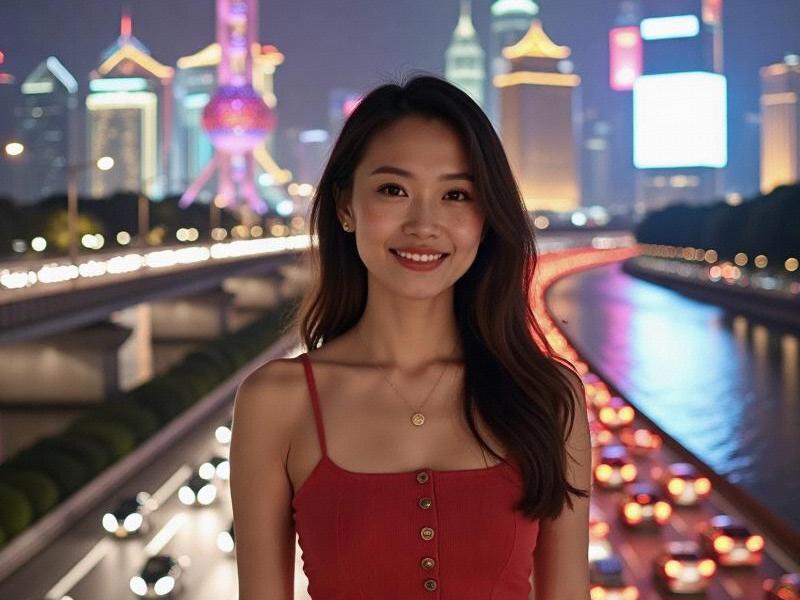
The rhythmic clang of pile drivers echoes across Shanghai's Huangpu River waterfront as workers install the foundation for Cloud Nine - a proposed 420-meter vertical neighborhood that will house 12,000 residents in a self-contained ecosystem of gardens, schools and workspaces. Just two kilometers west, artisans painstakingly restore stained glass windows in the 1927 Broadway Mansions, one of 1,248 historical buildings protected under Shanghai's "Cultural Memory" initiative. This juxtaposition of futuristic ambition and historical reverence defines Shanghai's current urban transformation.
Shanghai's 2045 masterplan represents the most comprehensive urban redesign since the 1990s Pudong development. Key statistics reveal the scale:
• $48 billion allocated for smart city infrastructure
• 65% of energy to come from renewables by 2035
• 400 km of new metro lines under construction
• 28 "15-minute community life circles" completed
The Green Metropolis Paradox
Shanghai's environmental initiatives showcase urban innovation:
1) The world's largest vertical farm network (supplying 15% of leafy greens)
上海花千坊419 2) Solar-paneled waterways generating 800MW annually
3) AI-powered waste sorting at 98% accuracy rate
Yet challenges persist. While particulate levels dropped 32% since 2020, the city still experiences 120 "unhealthy air" days annually. "We're building the future while correcting the past," explains environmental engineer Dr. Wu Liang at Tongji University.
Heritage as Living Infrastructure
Unlike many global cities that museumize history, Shanghai actively integrates heritage spaces:
- Converted textile mills hosting tech incubators
- 1930s villas repurposed as community cultural centers
- The Bund's historic banks now housing fintech startups
419上海龙凤网 French architect Pierre Leblanc, who restored the Paramount Ballroom, observes: "Shanghai treats history like software - constantly updating while preserving the original code."
The Human Scale
Beneath the megaprojects, neighborhood transformations reveal Shanghai's soul:
• Tianzifang's alleyway workshops now blend artisan crafts with AR design studios
• Xintiandi's shikumen residences incorporate smart home technology
• Jing'an Temple's vegetarian restaurants serve lab-grown Buddhist cuisine
Community planner Xu Min notes: "The real innovation isn't in our skyscrapers, but in how we're reimagining street-level living."
上海贵族宝贝sh1314 Global Connections
Shanghai maintains surprising international linkages:
- Sister-city projects with Rotterdam on flood control
- Architectural exchanges with Barcelona on public space design
- Cultural partnerships with New York's MOMA
As the city prepares to host the 2025 World Cities Summit, urban theorists watch Shanghai's experiment closely. "They're attempting something unprecedented," says MIT's Professor Carlos Garcia. "Not just building a smart city, but a wise one - that remembers as it advances."
The ultimate test may be whether Shanghai can maintain its distinctive character while pursuing urban perfection. For now, the synchronous rhythms of jackhammers and erhu players along the Bund suggest the city's dual ambitions remain in harmony.
